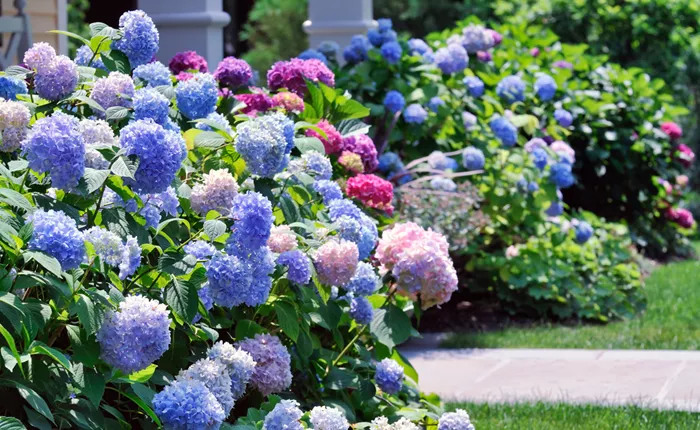Hydrangea flowers, known for their vibrant beauty, require careful hydration to flourish, especially during hot weather. A common mistake gardeners make is watering hydrangeas immediately at the first sign of drooping during sunny spells, which can actually harm the flowers.
Experts advise waiting until the next morning to assess if the wilting persists, as drooping can be a natural response to heat rather than a sign of dehydration.
Watering hydrangeas in the cool morning hours is crucial to maintain flower health. Afternoon watering can cause leaf scorch and stress the plants, leading to smaller, weaker blooms or even flower drop.
Moreover, watering during high heat increases evaporation, reducing water absorption by roots and negatively affecting flower development.
Hydrangeas planted in the ground typically need watering two to three times a week in rising temperatures, while potted hydrangeas may require daily checks and watering due to faster soil drying. Deep watering encourages robust root systems that support larger, sturdier flowers.
Fertilizing hydrangeas during hot weather is discouraged as it may damage roots and does not necessarily enhance flowering. Instead, mulching around hydrangeas with organic materials like shredded bark or wood chips helps retain soil moisture and keep roots cool, promoting healthier flower growth.
In summary, to keep hydrangea flowers vibrant and healthy through warm months, gardeners should focus on consistent morning watering, avoid over-fertilizing in heat, and apply mulch to conserve moisture and protect roots. This care strategy supports the production of dazzling blooms that can brighten any garden.


